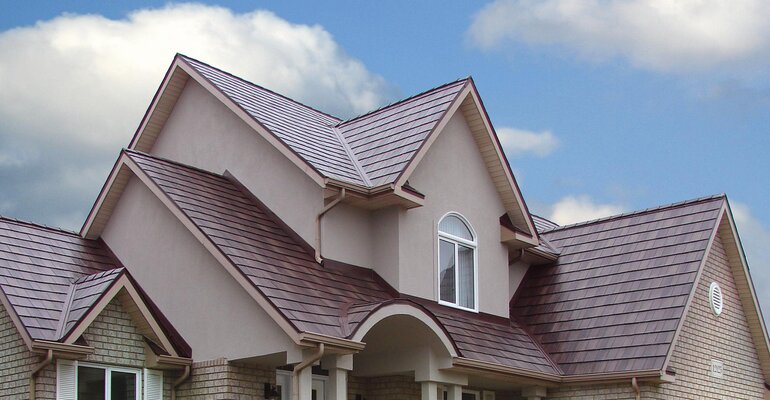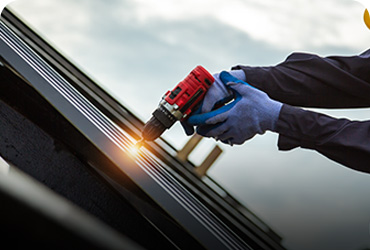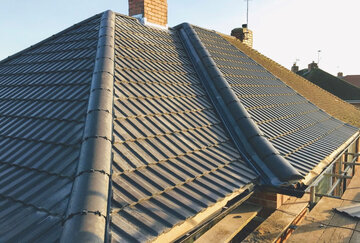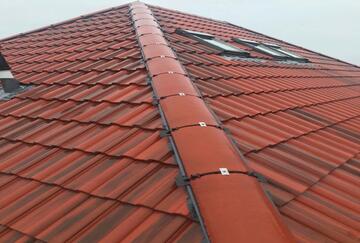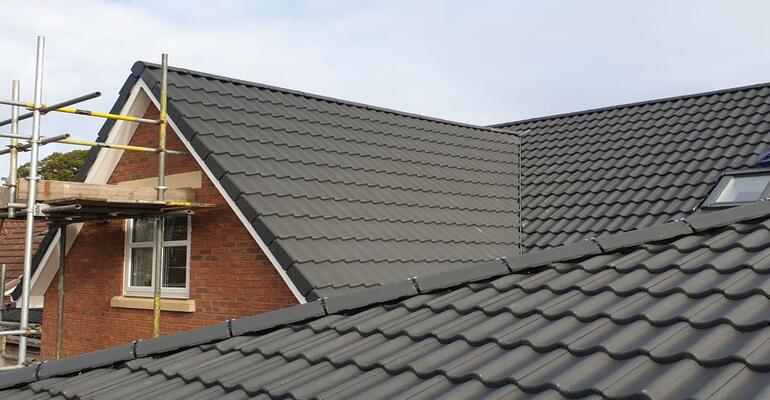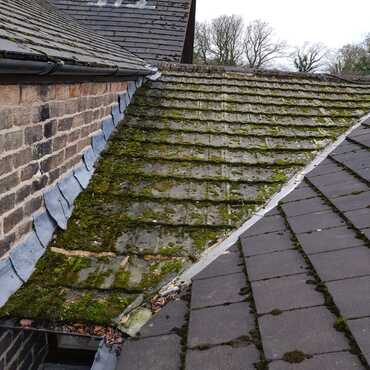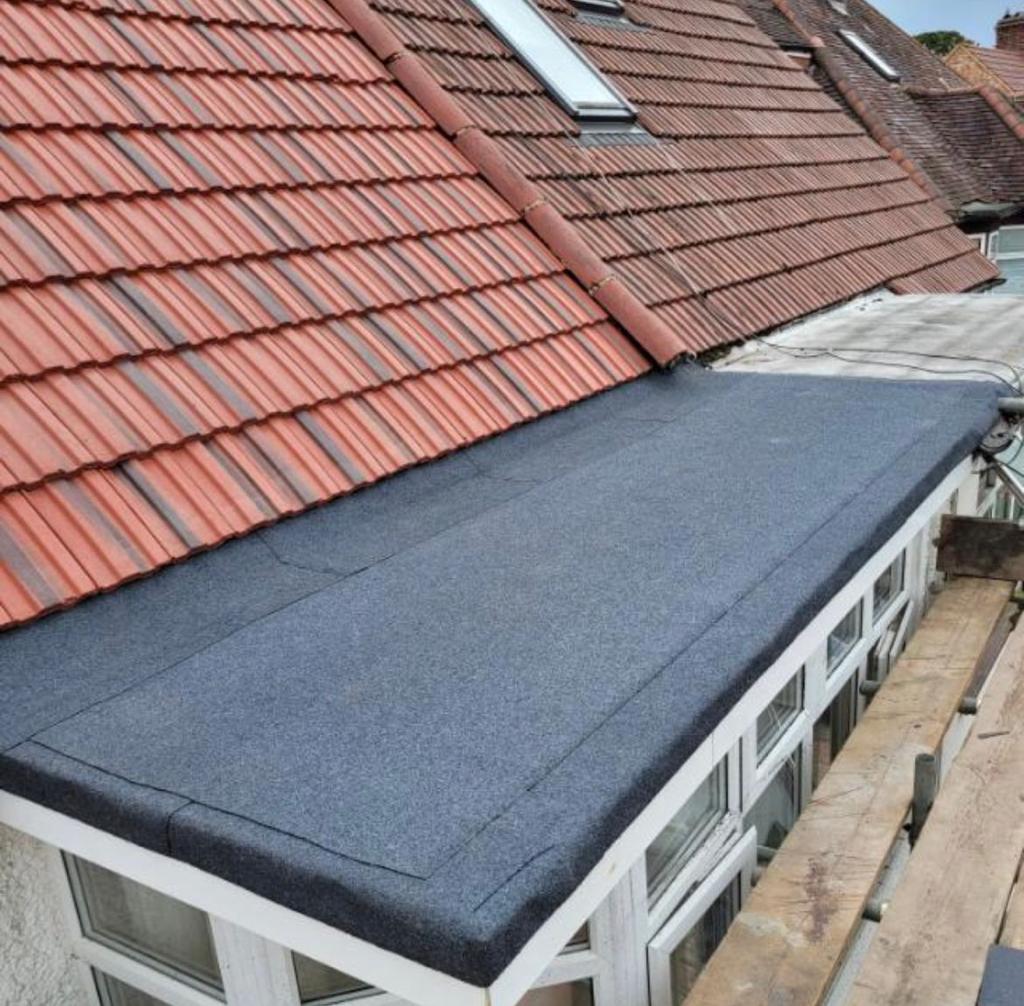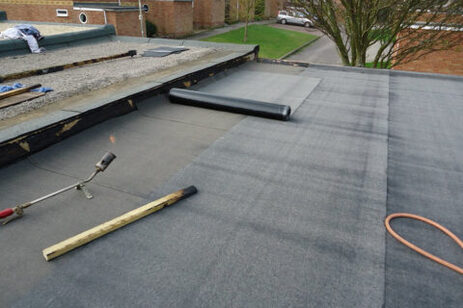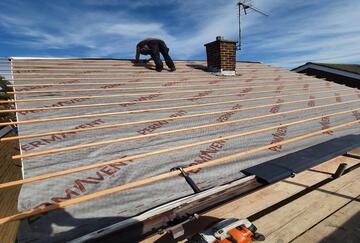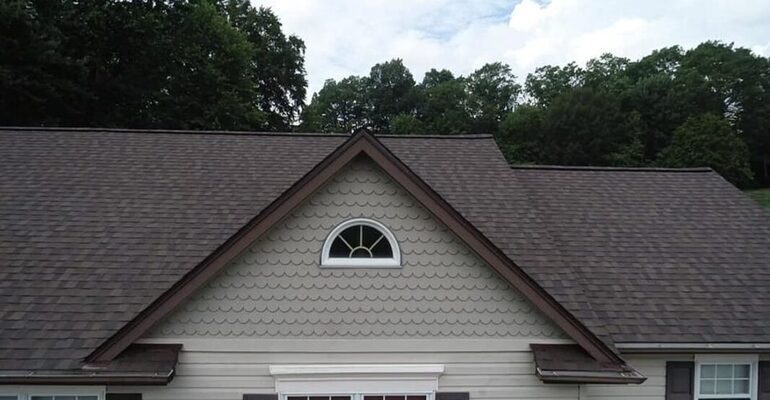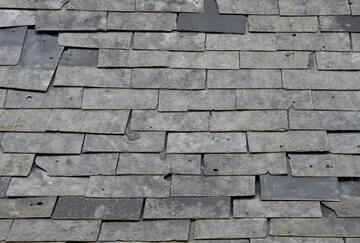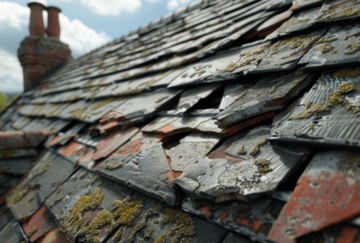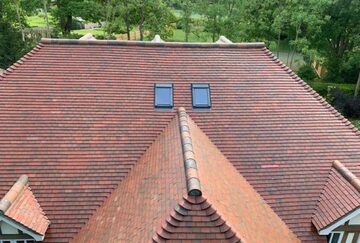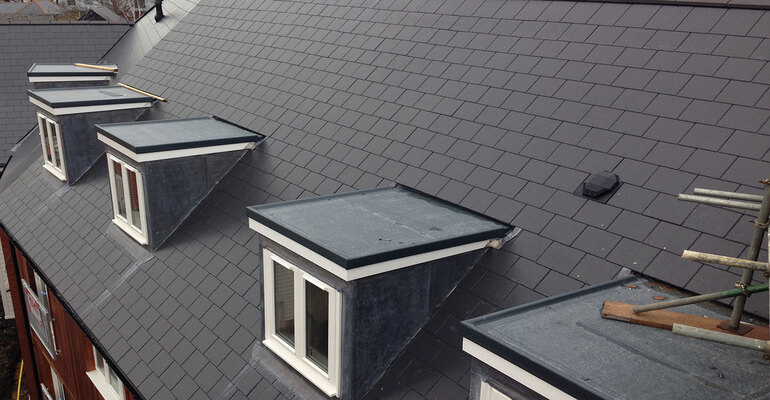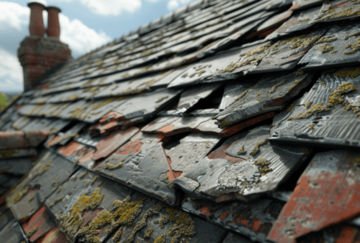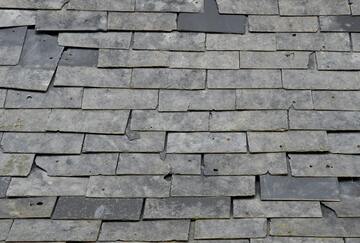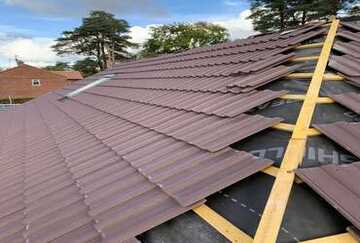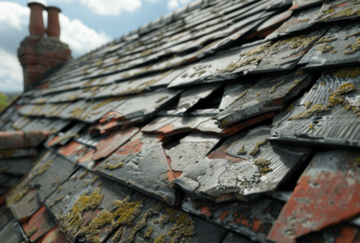The experience of the roofing supervisor on the project can have a significant impact on the overall quality and success of the project. An experienced and skilled engineer who excels with his in-depth understanding and installation will be able to ensure that the project is completed correctly and to the highest standard.
At Sparkling Roofing, our team of expert engineers are experts in all aspects of roofing. They are skilled at designing custom roofing solutions to meet each client’s specific needs and budget. We are also familiar with using and installing different roofing materials, ensuring that your roof is installed correctly and with the highest level of craftsmanship.
The expertise of an experienced engineer is essential to the success of your roofing project. At Sparkling Roofing, we pride ourselves on having a team of experienced and knowledgeable engineers.
In addition to their design and installation expertise, our expert engineers are also committed to customer satisfaction. They understand the small business with the little one, keeping them informed of everything that is happening and answering any progress or questions they may have.
In general, an engineer is an expert and of the utmost importance to the success of a planning project. At Sparkling Roofing, we pride ourselves on having a team of skilled and experienced engineers who are committed to delivering the best successful results.
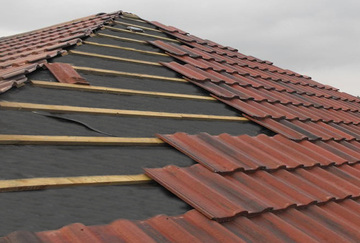

We can also use an experienced engineer to help resolve issues or problems that arise during the planning process. This can reduce the number of mistakes or errors that can lead to a host of problems, such as leaks, damage, or even the need for a complete replacement. By working with an experienced engineer in general, you can be confident that your model will be designed and installed correctly, helping to avoid these types of pitfalls and ensure successful performance, longevity, and the longevity of your window.

